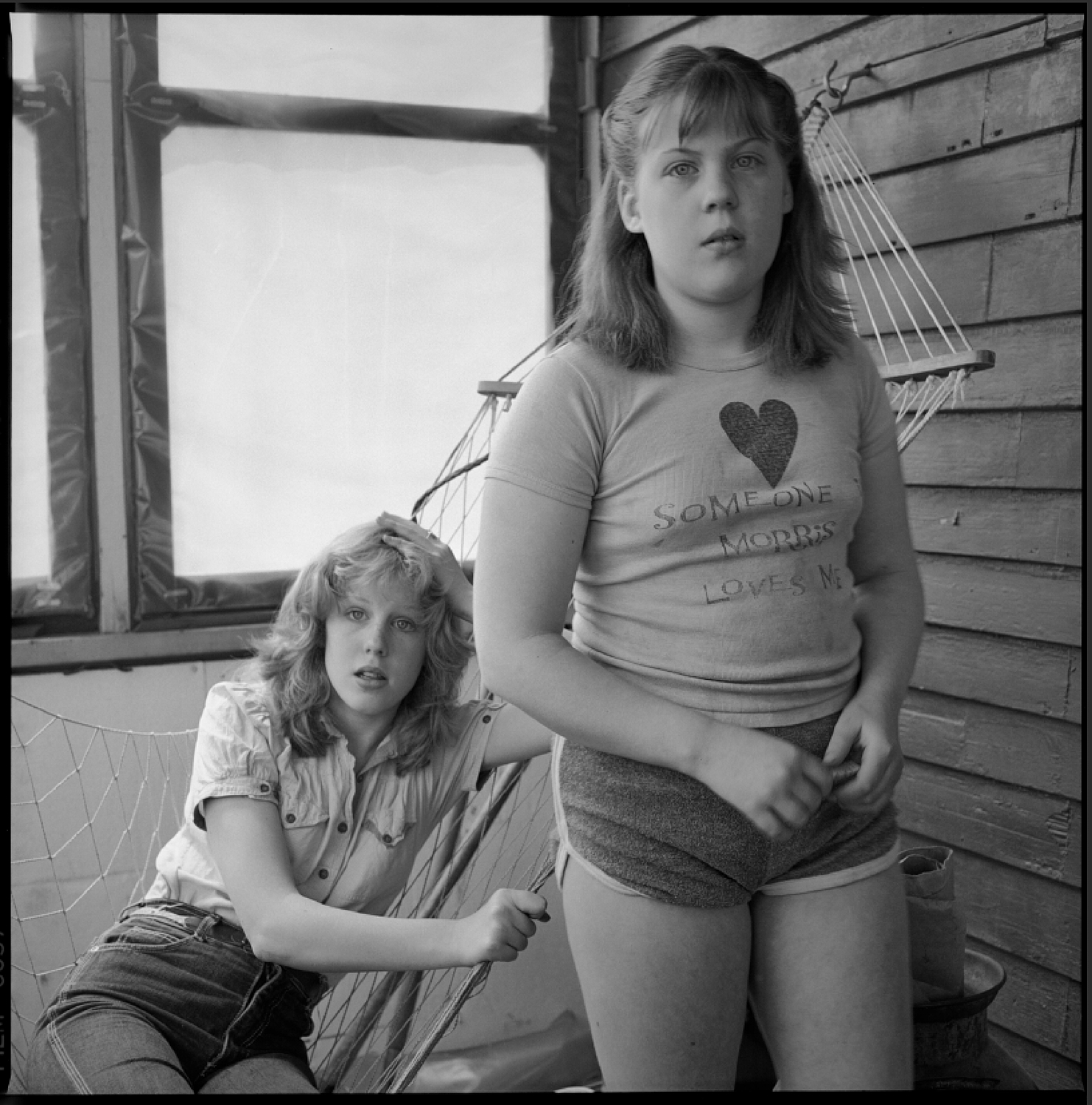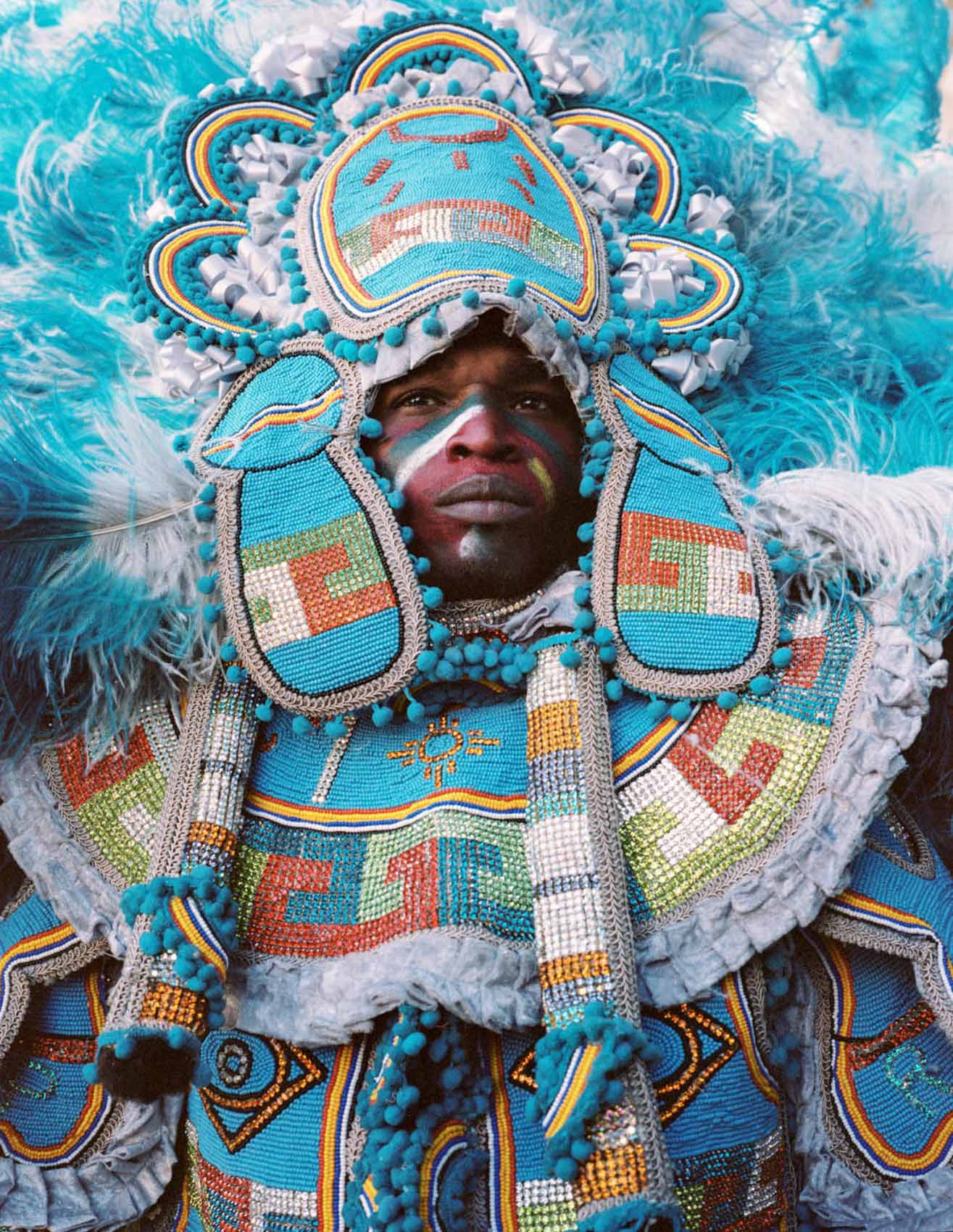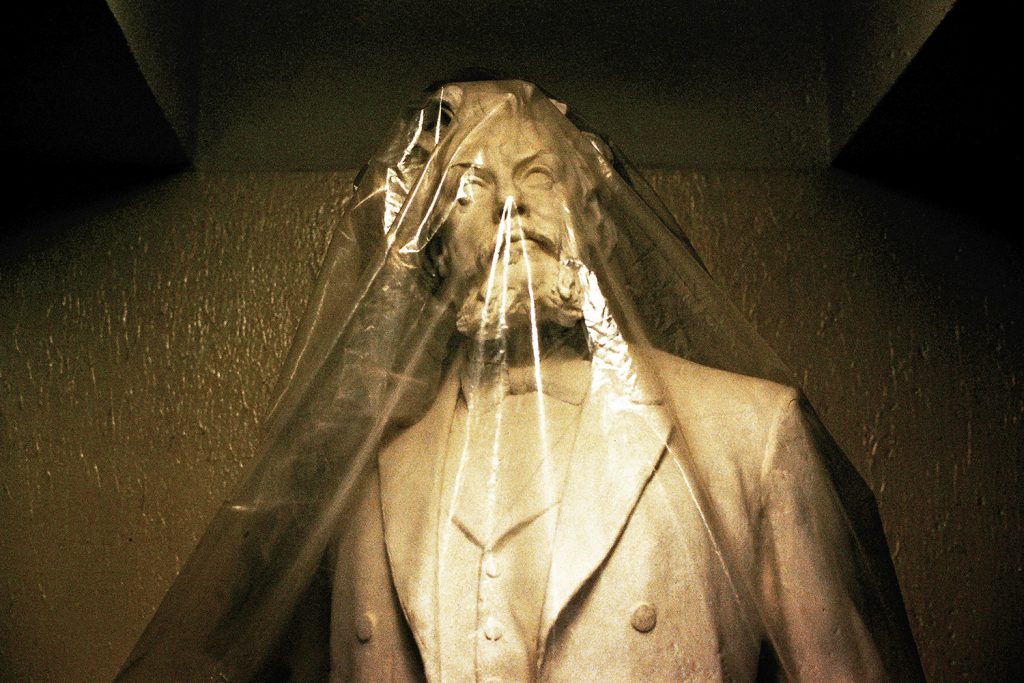
Can you describe the series « Natasha »?
I started by making a series of portraits/interviews of Belarusian journalists and artists, then I photographed Minsk, then the country. I met Natasha during my first stay in Minsk. NATACHA is my first Belarusian series, it covers four years, a dozen of stays, different apartments. It’s a bit of our history and it’s an attempt to grasp and understand a part of her life and her city.
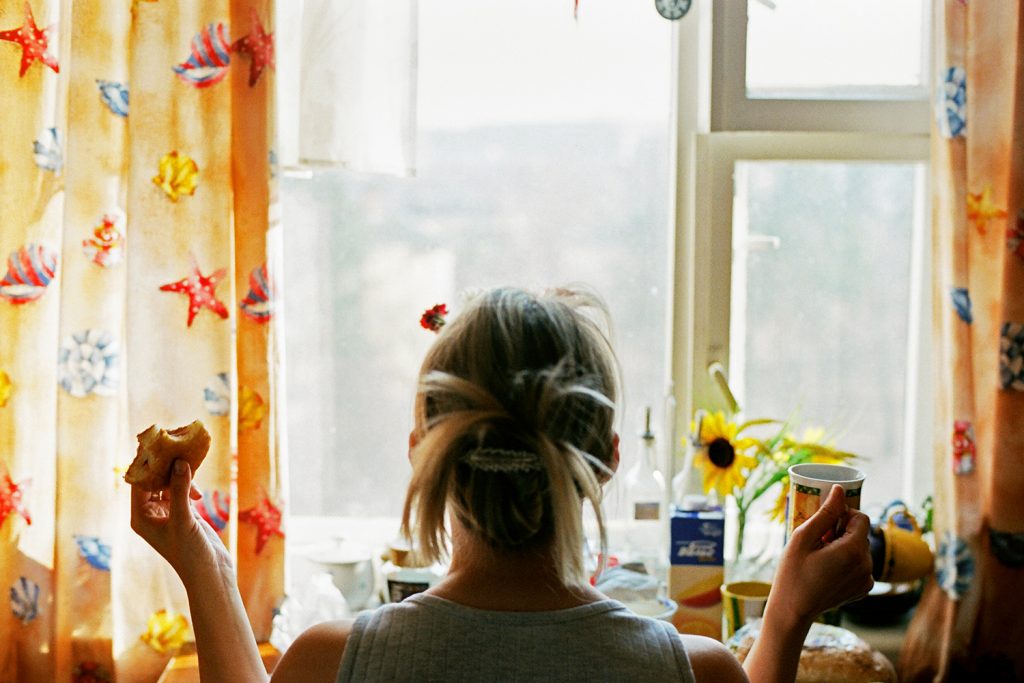
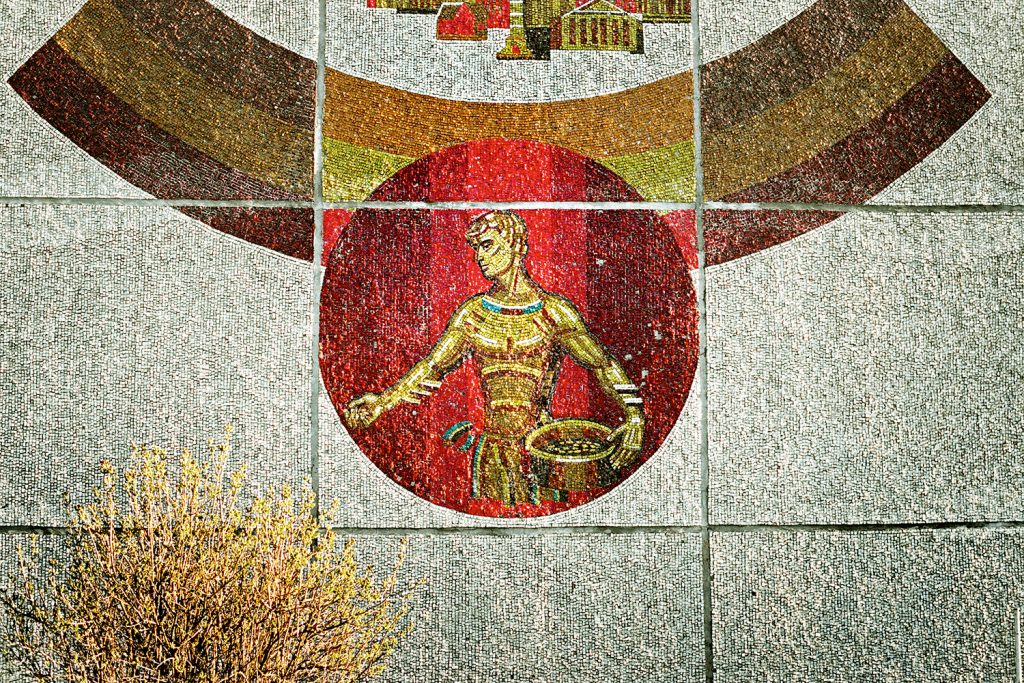
« I was in love; my feelings and my discovery of the city were mixed in the discovery of this new culture. »
Why did you want to document this intimate part of your life?
Natacha seemed to me an essential subject. Like observing a gust of wind or a rainbow up close, a natural manifestation. At the same time, I was documenting the city, I was starting to explore the surroundings, I wanted to take the time to understand the country. I felt everything violently, the exultant moments of life as well as the resignation that surrounds me. I was in love; my feelings and my discovery of the city were mixed in the discovery of this new culture. I didn’t know what I was going to do with these images at first.

What is your relationship with photography?
Vital. Photography allows me to discover the world around me and to know myself more deeply. Then I try to tell the world as I see it, with its visible and its mysterious part and how different places, times, people, nature, are connected, (or torn). Ignorance of this interconnection is the source of all our problems, and bringing it out is my way of being useful.
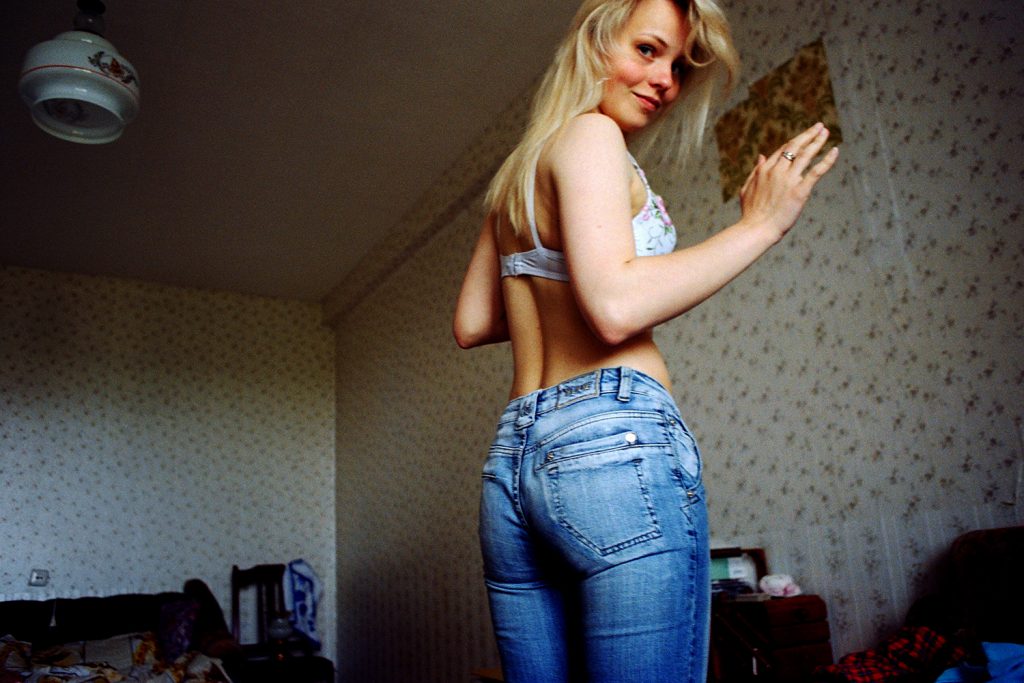
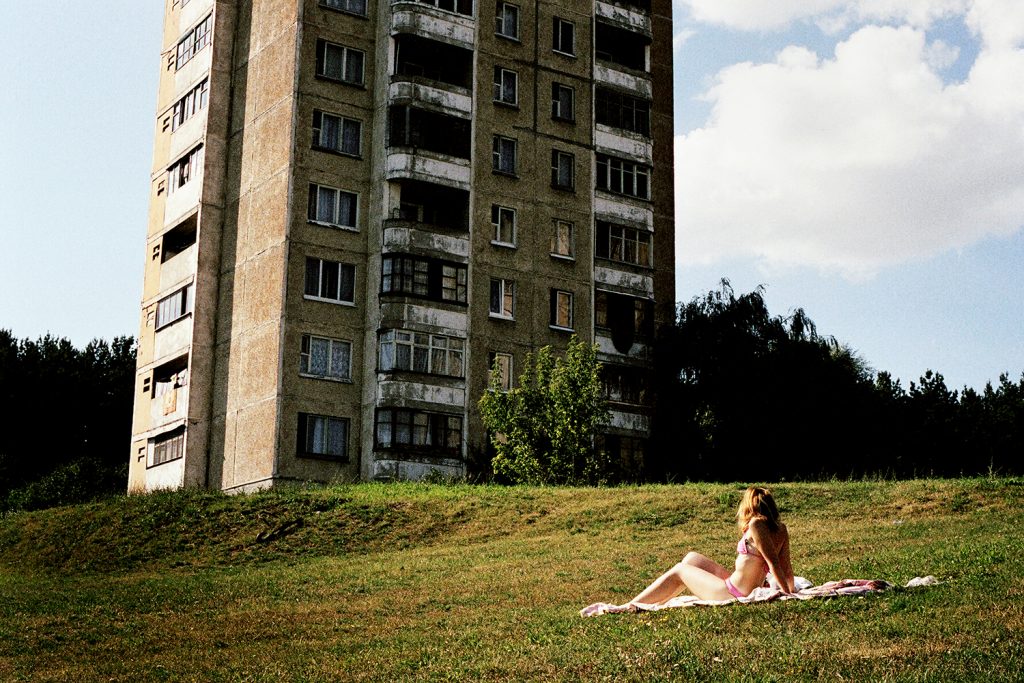
« She started to communicate with gestures, music, I started taking pictures. »
How did you introduce the camera into your relationship with Natasha? What was the equipment used?
Natacha and I never understood each other very well. We didn’t speak the same language at the beginning and we each had a vision strongly influenced by our cultures. On the other hand, we shared a strong sensibility. She started to communicate with gestures, music, I started taking pictures. She often rejoiced in the light, in the animals and she enjoyed all her being. I admired this quality in her and I was made to capture what she was expressing. Photographing her was natural, a way for us to agree. I had a Nikon FM2.
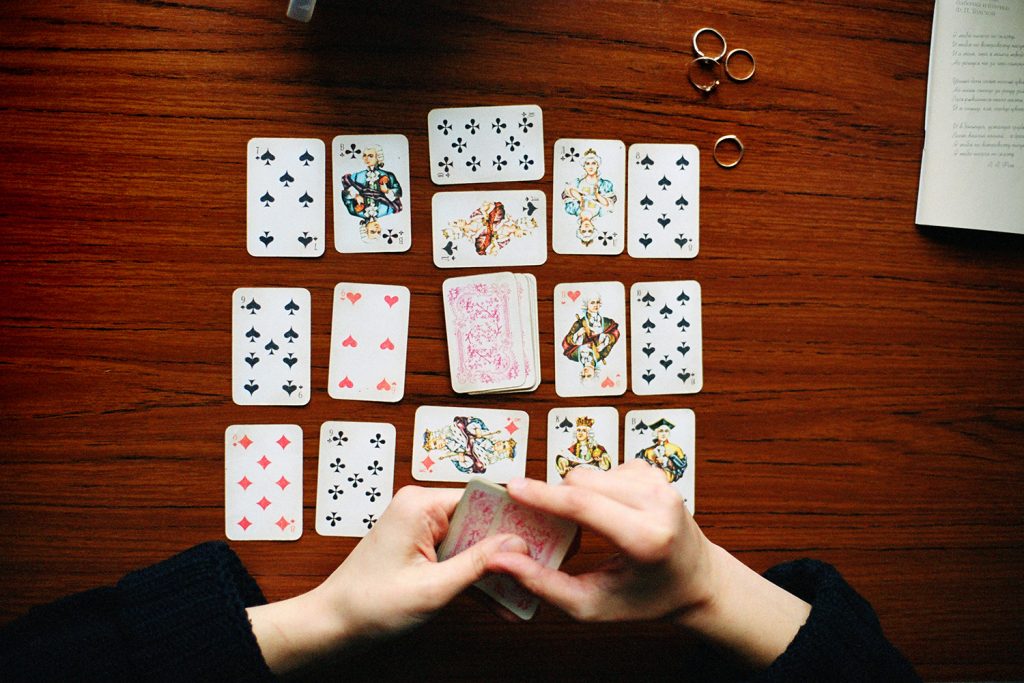
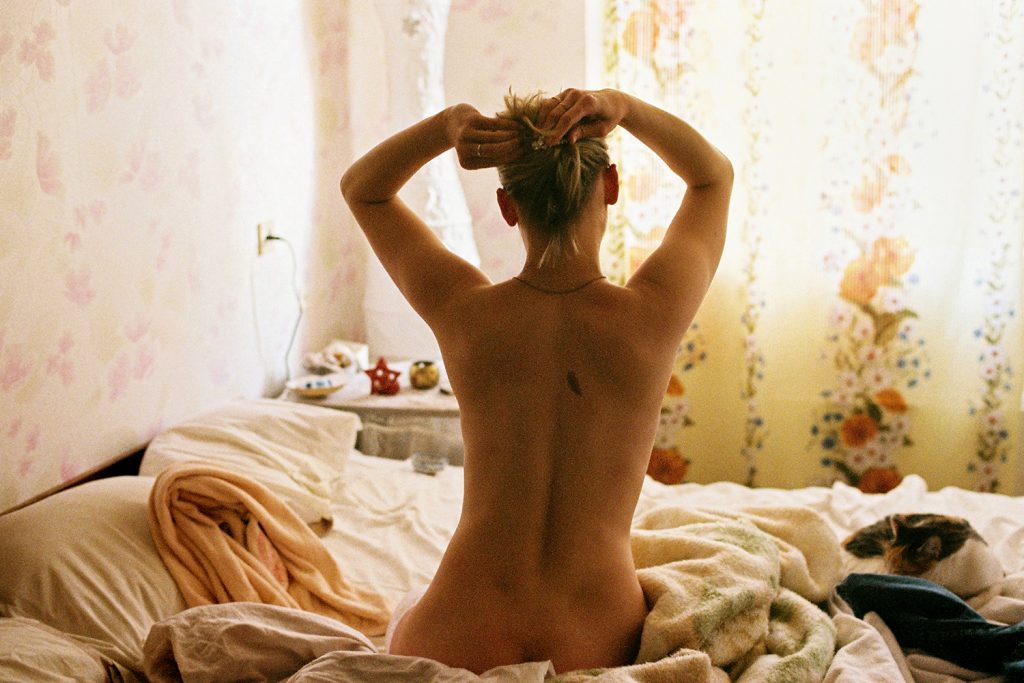
This series gives us an impression of a certain melancholy towards this period of your life. Produce this series was a way to compensate?
For sure, when I finished the series, after the separation, I tried to save some of that fire. But melancholy is part of this work from the beginning. First of all, there is a very « Russian » present melancholy. Then there is a melancholy that arises from its burning beauty as if trapped in its city frozen in Soviet times. By the way, have you seen the little bird inside the yellow cockpit of the Mig 28?… Her, me, the city, we were all waiting, we don’t know what new horizon… The slightly grainy and desaturated analog image processing also helps.
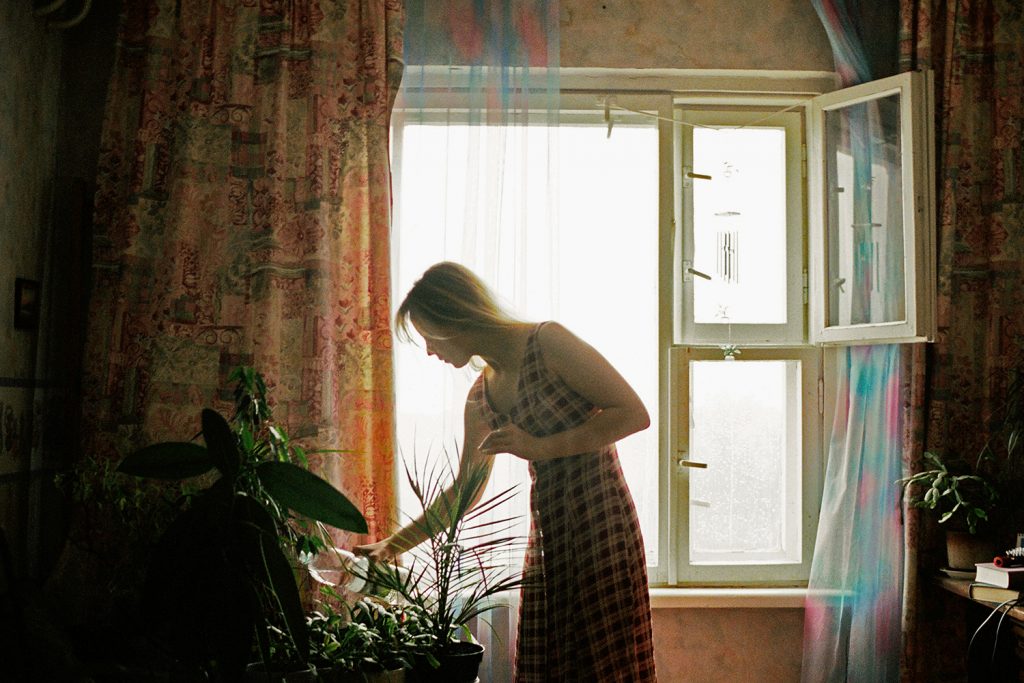
« A way of expressing the unsaid. »
What do the pictures of Minsk represent in your relationship with Natasha?
The city and Natasha are connected; the pictures of Minsk also tell a part of Natasha, she is part of the last generation to have lived through the Soviet era in her childhood, then the post-Perestroika chaos. I wouldn’t have shown this series if it had taken place elsewhere. Maybe the photos of the city represent this part of the lack of communication between us. A way of expressing the unsaid.
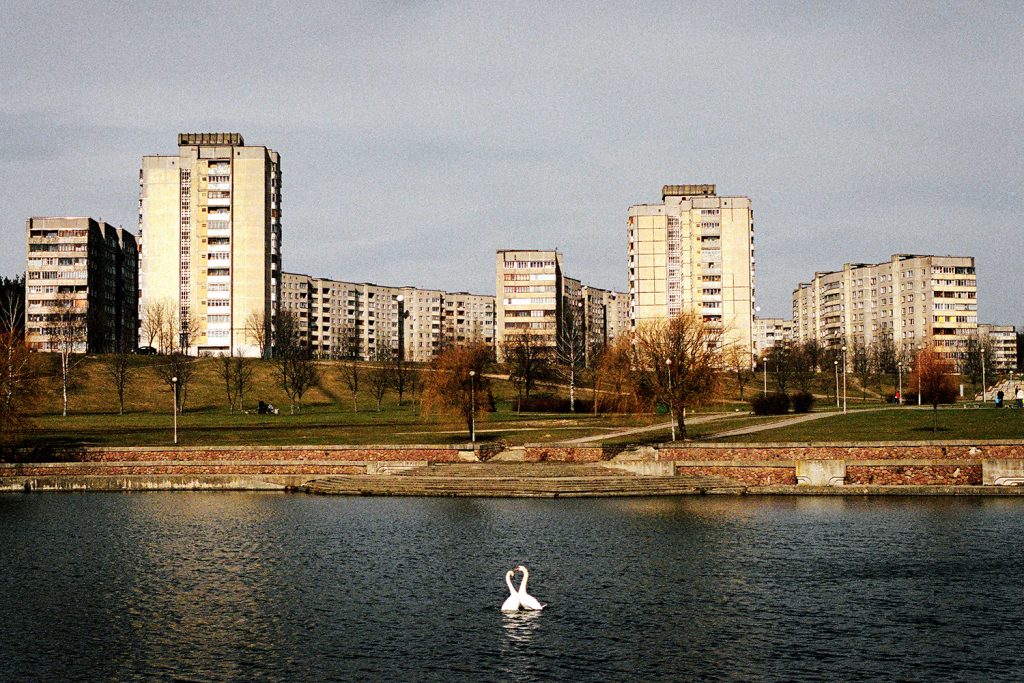
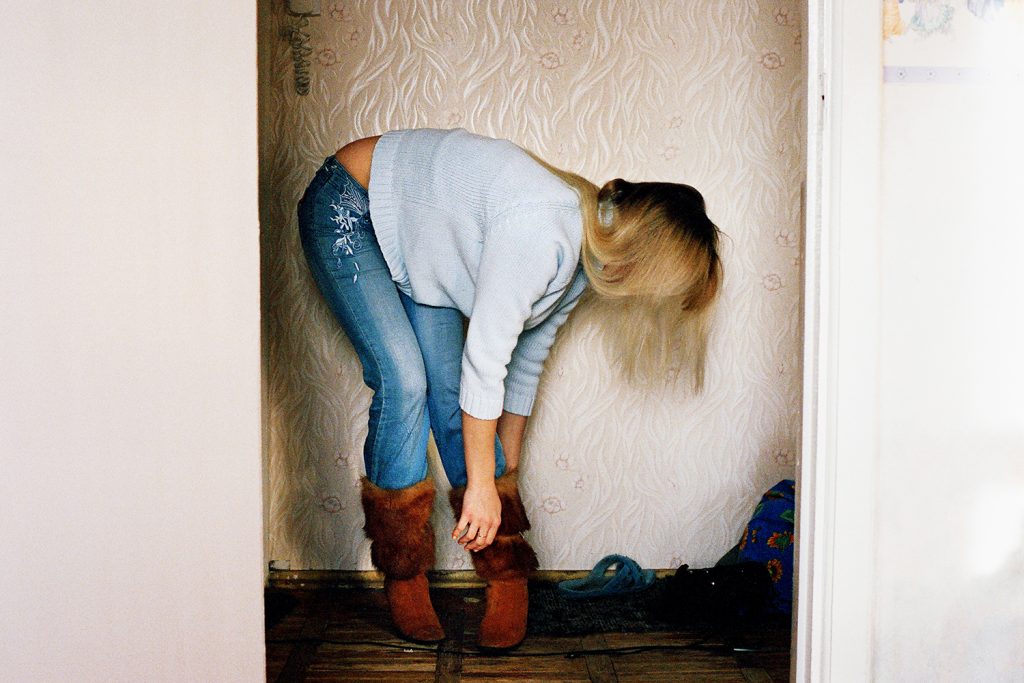
Were you inspired by other photographers for this series?
My practice and research are usually more documentary and geographical. So I’ll say no, not consciously, but there’s definitely an underground work going on. I love Sally Mann’s work with her beautiful children in an everyday environment (Immediate family). I like Artek by Claudine Doury.
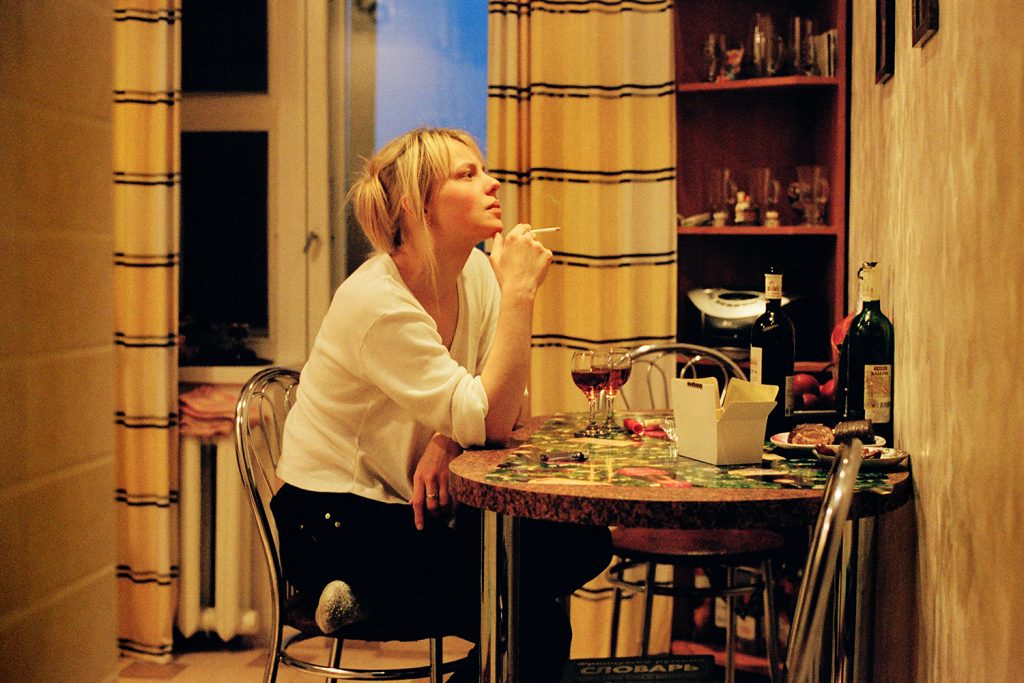
What was the purpose of this project?
Over time, my purpose became to tell the story of a life struggle against gravity, both personal and political. Of course, we remain in the register of feelings, love, grace, but in my opinion, the series also allows us to honestly approach the Belarusian universe.

« tries to recreate a dialogue between two silences imposed by the dictatorship »
What is next for you? Are you on another documentary project?
Finishing projects: I’m finishing BELARUS’ LEGACY. This is my last Belarusian series, starting at the end of our relationship with Natasha. Thirty-four years after the Chernobyl catastrophe, of which the Belarusians are the most affected (60% of the exclusion zone is in Belarus) and at the time of the opening of the new Astravets nuclear power plant, this work in connection with the history of the country, in Hasselblad this time, tries to recreate a dialogue between two silences imposed by the dictatorship of Lukashenko and to shed some light on its present.

Your top 5 photobooks?
The Pillar – Stephen Gill
Funeral train – Paul Fusco
Etats imaginés – Eric Baudelaire
Half-awake and half-asleep – Asako Narahashi –
(Must read: Robert Adams – Essay Beauty in photography)
Interview by Valentine Zeler
Photographer’s Links: Website – Instagram – Inland collective member



